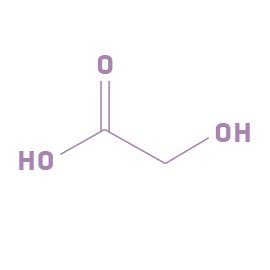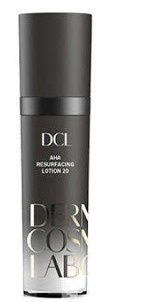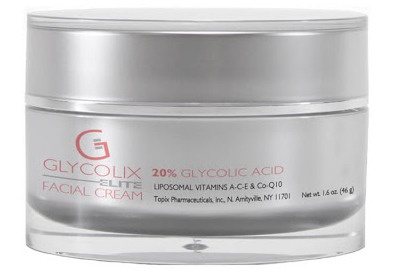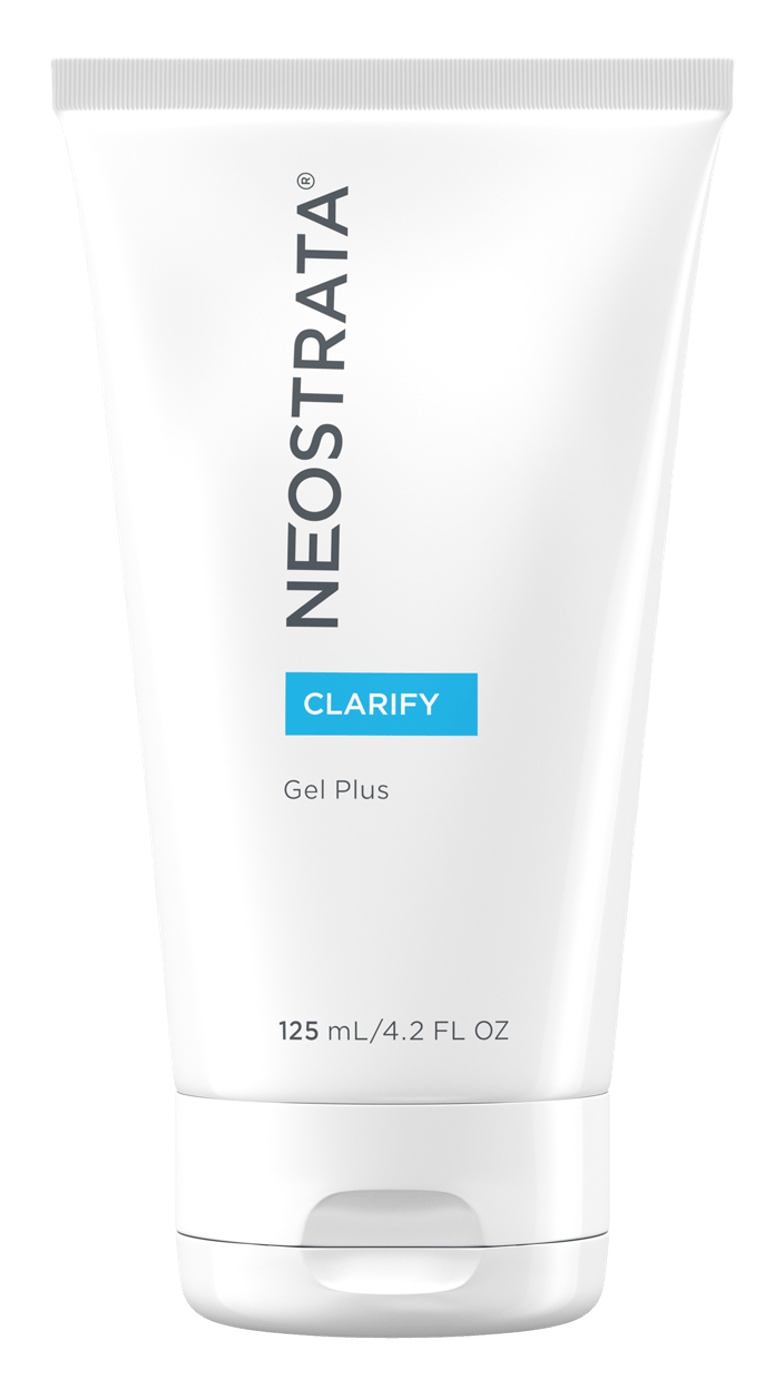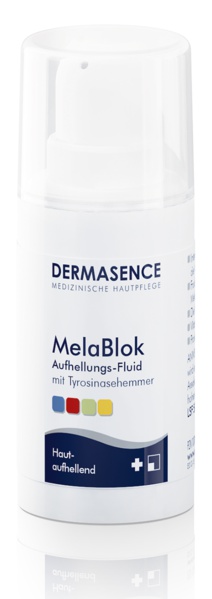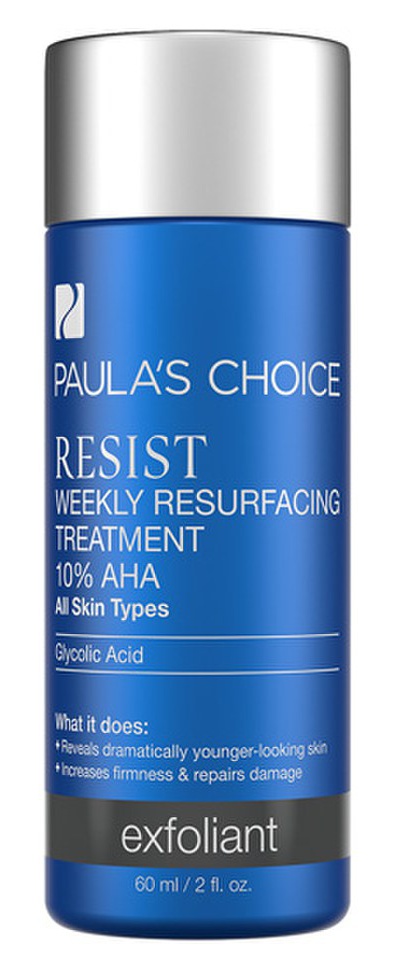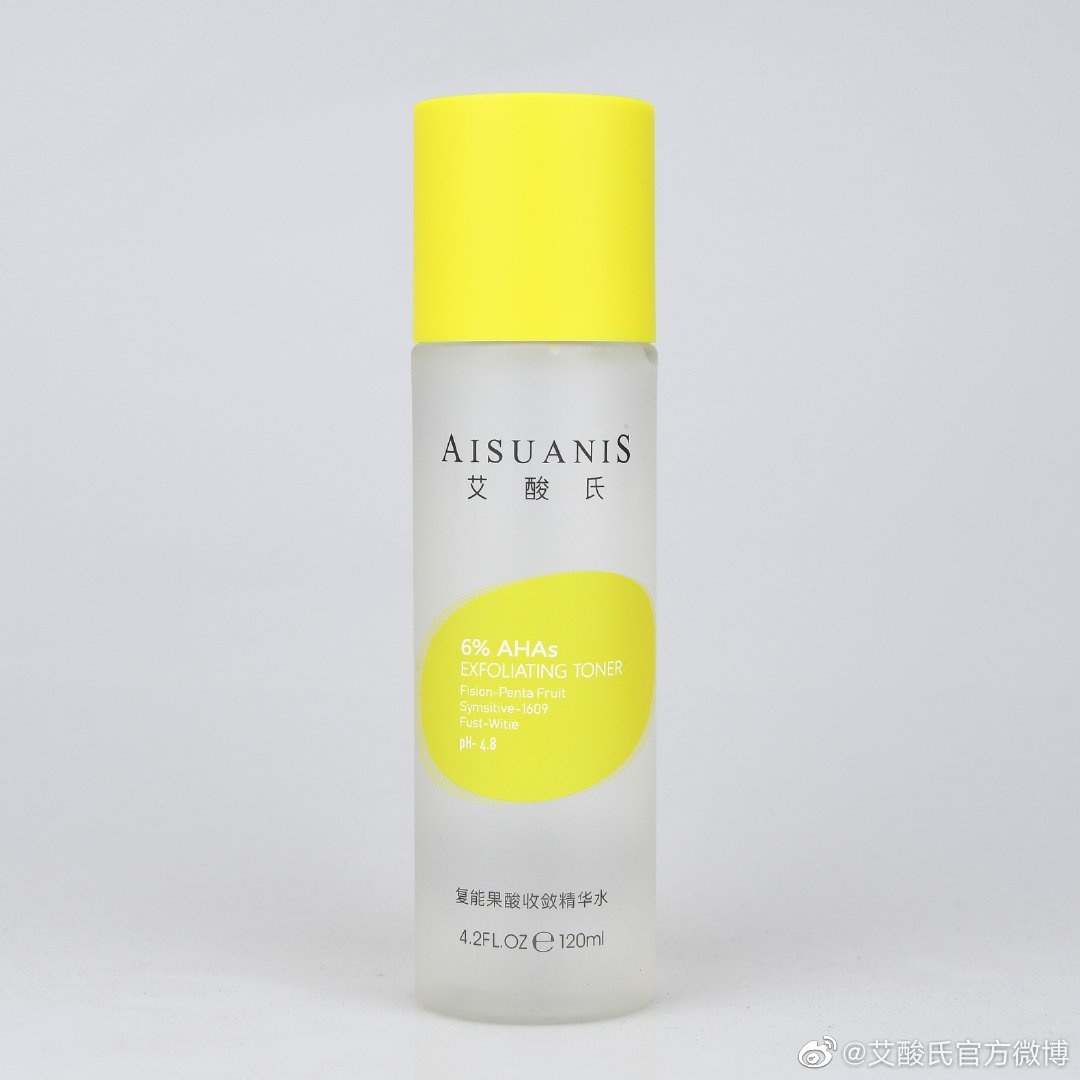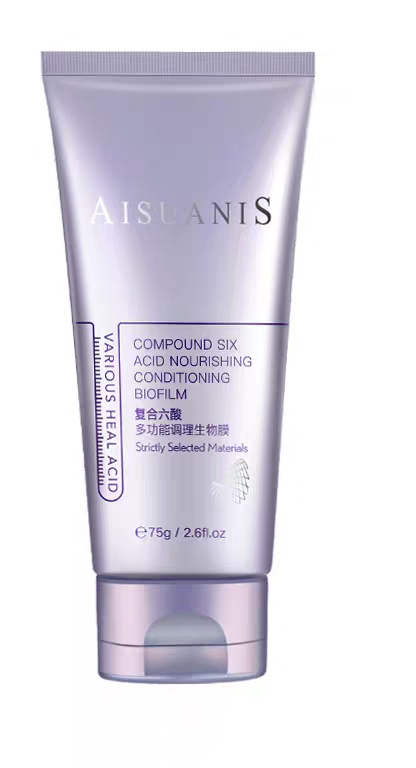Quick Facts
- It’s the most researched AHA with the most proven skin benefits
- It gently lifts off dead skin cells to reveal newer, fresher, smoother skin
- It can help skin’s own collagen production that results in firmer, younger skin
- It can fade brown spots caused by sun damage or PIH
- Choose a product where you know the concentration and pH value because these two greatly influence effectiveness
- Don’t forget to use your sunscreen (in any case but especially so next to an AHA product)
- Slight stinging or burning with a stronger AHA product is normal
- If your skin is very sensitive, rosacea prone choose rather a BHA or PHA product
Geeky Details
Unless you have avoided every bit of skin care info out there so far (in this case special welcome to you! :)) you must have heard of glycolic acid. Or at least about AHAs or to put it even more nice-sounding fruit acids.
AHAs (alpha-hydroxy acids) stand for a whole group of ingredients and glycolic acid is one of them. If you are a chemist geek type you might want to know that the point of AHAs is that they contain a hydroxy group (-OH) and a carboxylic acid part (HO¬ =0) and these two parts are only one carbon apart (if they are two carbons apart it’s a beta-hydroxy acid). You can find great description and great drawings about all this on the super nice blog, LabMuffin.
So glycolic acid is an AHA and it’s the smallest and simplest one of them. It can be found naturally in grape, sugar cane juice, sugar beet and Virginia creeper leaves, but more often than not the version used in cosmetics is synthetic.
We are pretty strict with awarding things superstar status so what’s the big deal with glycolic acid? What does it do to our skin?
It can exfoliate
It can gently lift off dead skin cells on the surface of your skin revealing the newer, fresher and nicer skin cells underneath. This is called exfoliation. Your skin already exfoliates itself naturally renewing the upper layer of the skin every 3-5 weeks. But as usual: this process slows down and gets faulty with age, with exposure to sun, pollution and all the usual bad stuff. So a little external help in the form of AHAs is usually very helpful! And the most awesome part: this effect is quick! With a quality AHA product, you will see pretty much immediate results in terms of fresher, smoother skin.
It can increase collagen synthesis
Fresher and smoother skin is already awesome enough to make us a fan but what really earned our superstar rating is glycolic acid’s proven ability to increase collagen synthesis. There are really only a few ingredients that can do that and glycolic acid is one of them. Actually this is the biggest benefit of glycolic acid compared to all the other AHAs. The skin firming, collagen boosting ability seems to be the best with the smallest and simplest version of all the AHAs (probably because being the smallest means also that it can penetrate the deepest). But be patient: collagen synthesis takes time, so this one is a long-term benefit. Count as much as 4-6 month to see some change.
It reduces hyperpigmentation
Brownish spots are usually not something that we want on our face (or anywhere else...) and honestly they are really stubborn things that are hard to fade with cosmetic products. But glycolic acid is something that can help to speed up the process. Studies show that it can disperse melanin in our skin (the natural pigment that gives the color of our skin, but too much of it results in brown spots) and it’s also very useful for fading the brownish marks left after inflamed acnes (it’s called post-inflammatory hyperpigmentation or PIH).
Other nice things
If the above was not enough there are a couple of other promising things that glycolic acid can do. With ongoing use research shows that it increases the thickness of our skin and helps to stimulate the growth of new skin that results in fresher, younger complexion.
Lifting away dead skin cells from the surface of the skin is also useful to treat dry skin patches and allow all of our other skin care products to perform better.
Glycolic acid is not a mainstream ingredient for treating acne but even for that you can give it a try. There are a few studies that show it can improve problem skin. (Maybe it’s worth trying in addition to an anti-acne skin care routine and not instead of the more effective, standard ingredients like salicylic acid or benzoyl peroxide).
Ok, so glycolic acid is a skincare superstar. But to experience all the nice things above it’s important to use a properly formulated, high-quality product. There are two really important things that influence the effectiveness of a glycolic acid (or AHA) product:
Concentration
If you can, choose a product where you know the exact concentration of glycolic acid (or AHA) in it. A mild, daily use at-home product’s concentration should be about 4-10%. With a mild product like that you should see the fresher, smoother skin effect but probably not the skin-firming, anti-aging benefits.
Products in the 10-20% range are still great for at home-use and should give you all the nice skin benefits that we have detailed out before. However they are probably too strong for daily use. There is a thing called over-exfoliation, and that is just not good for your skin. Visible peeling, redness, irritation - all signs of over-exfoliation, do not do that! With a stronger product definitely start only once a week or so, and if your skin takes it well, you can increase to a couple of times a week.
Above 20% it’s usually professional territory. Dermatologists do skin peels at concentration up to 70%. Glycolic acid is actually the most popular “lunchtime peel”. If you are in need of a more serious skin boost, you can run out in lunchtime to a derm, and continue to work afterwards with fresher, more glowing skin but without any bad, visible side effects.
pH value
It is at least as important as concentration. Or maybe even more important. Please buy an AHA product only if you know the pH value. AHAs do not work their magic if the product pH is not acidic.
The best practice pH range for an at home glycolic acid product is between 3-4. In this range the product is still effective but it’s also gentle to the skin. If the pH is less, glycolic acid works stronger, if the pH is more it works milder. Above pH 4, and especially above pH 5 glycolic acid loses its magic powers. On the other hand if the pH is very low it might irritate the skin. Professional solutions work at a pH as low as 2, but for at home stick to a 3-4 pH range.
Ok, almost done. A couple of more things to know:
- If you use an AHA product please use a sunscreen every morning! No, wait I rephrase: please use a sunscreen every morning in any case. But if you use an AHA double make sure that you do that as AHAs increase skin’s sensitivity to sun.
- With stronger products some stinging or burning sensation is normal. Your skin gets used to it after a few times.
- If your skin is very sensitive or rosacea prone glycolic acid is probably not for you. In that case milder BHA and PHA products will be your friends.
- If you use AHAs for the first time most probably you will have to experiment a bit to see how often your skin likes it. Fresh, glowy skin is good. Peeling, red, irritated skin is bad. Some people can use a 10% product every day, others can use it only once a week. So experiment! Start slowly and increase frequency rather than the other way around. Over-exfoliation is not nice!
So bottom line: glycolic acid is awesome, and a superstar. Unless you are very sensitive, do give it a try if you have not done so yet!
Show me some proof
- Seminars In Cutaneous Medicine And Surgery, , Volume 27 (3) – Sep 1, 2008, Effective Over-the-Counter Acne Treatments
- Clinics in Dermatology, Volume 19 (4) – Jul 1, 2001, Hydroxy acids and retinoids in cosmetics
- Journal Der Deutschen Dermatologischen Gesellschaft, , Volume 10 (7) – Jul 1, 2012, Cosmetic and dermatologic use of alpha hydroxy acids
- The Journal of Dermatology, , Volume 25 (2) – Feb 1, 1998, The Effect of Glycolic Acid on Cultured Human Skin Fibroblasts: Cell Proliferative Effect and Increased Collagen Synthesis
- Leslie Baumann, MD, Cosmetic Dermatology, 2nd edition, Glycolic acid, 149o






